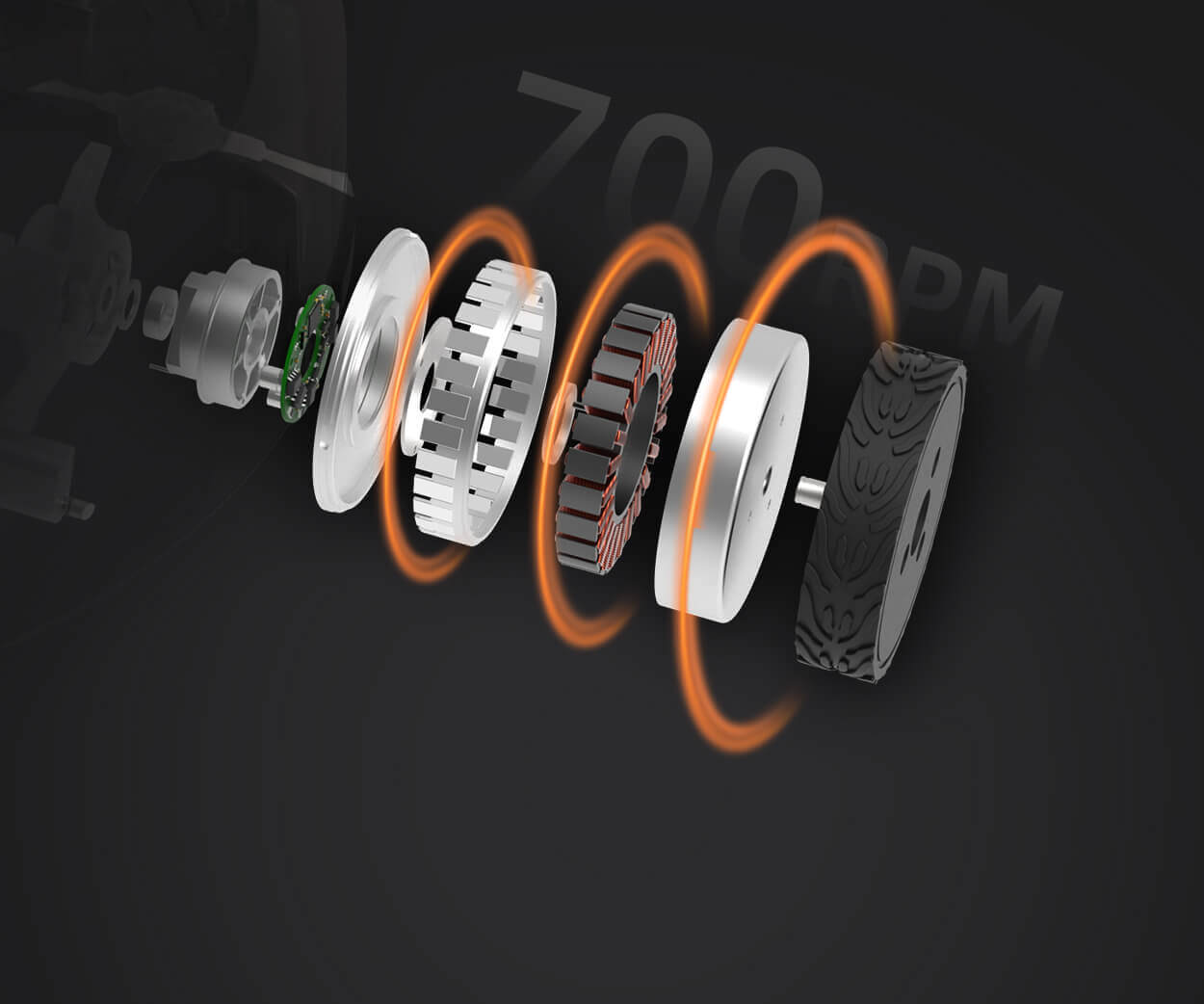Imagine you're trying to build a massive website or app. You want it to be fast, flexible, and easy to scale. That’s when microservices come into play. Instead of one monolithic block of code, you break the whole system into tiny, manageable pieces. Each one is like a small, independent business — handling its own logic, data, and updates. It’s a way to organize chaos into something a bit more elegant.

Now, what’s the big deal? Well, in traditional apps, if one part crashes or needs an upgrade, the whole thing might go down or slow down. Microservices change that game. They let you tweak one part without stopping everything else. Think about a popular e-commerce platform: one microservice manages payments, another handles inventory, yet another manages user profiles. When a new payment gateway appears, you just upgrade that one tiny service. No need to take down the whole site.
People often ask, “Isn’t this complicated?” The answer is, it can be at first. But once you get the hang of it, the benefits are clear. Smaller pieces mean easier debugging. Faster deployment. Better scalability. Say your service suddenly gets a traffic spike — microservices allow you to scale up only the parts that need it, rather than the whole system. That’s cost efficiency and performance boost rolled into one.
Think about Netflix or Spotify—big names, right? They run on microservices. Their systems can deliver thousands of streams or recommendations without breaking a sweat. They split their functions up so they stay quick and reliable, even when millions of users are logged on. That’s where it gets fascinating. Microservices are like the well-organized drawers in a busy kitchen—everything has its place, and you can find what you need without chaos.
Now, some wonder if microservices are just a flavor of hype. Sure, there's some overhead — more network calls, more orchestration. But if you plan right, those hurdles fade out. What's the alternative? A bloated, sluggish monolith that’s a nightmare to change or upgrade? Nah, thanks.
When diving into microservices, it’s about understanding that you’re not just splitting code—you’re creating a resilient ecosystem. If one microservice falters, others keep chugging along. It’s like a relay race, rather than a single runner trying to finish the marathon alone. After all, in today’s fast-moving tech landscape, agility isn’t a luxury—it’s a necessity. That’s the promise microservices bring us: smarter, leaner, ready for whatever your business throws at it.
Established in 2005, Kpower has been dedicated to a professional compact motion unit manufacturer, headquartered in Dongguan, Guangdong Province, China. Leveraging innovations in modular drive technology, Kpower integrates high-performance motors, precision reducers, and multi-protocol control systems to provide efficient and customized smart drive system solutions. Kpower has delivered professional drive system solutions to over 500 enterprise clients globally with products covering various fields such as Smart Home Systems, Automatic Electronics, Robotics, Precision Agriculture, Drones, and Industrial Automation.




































